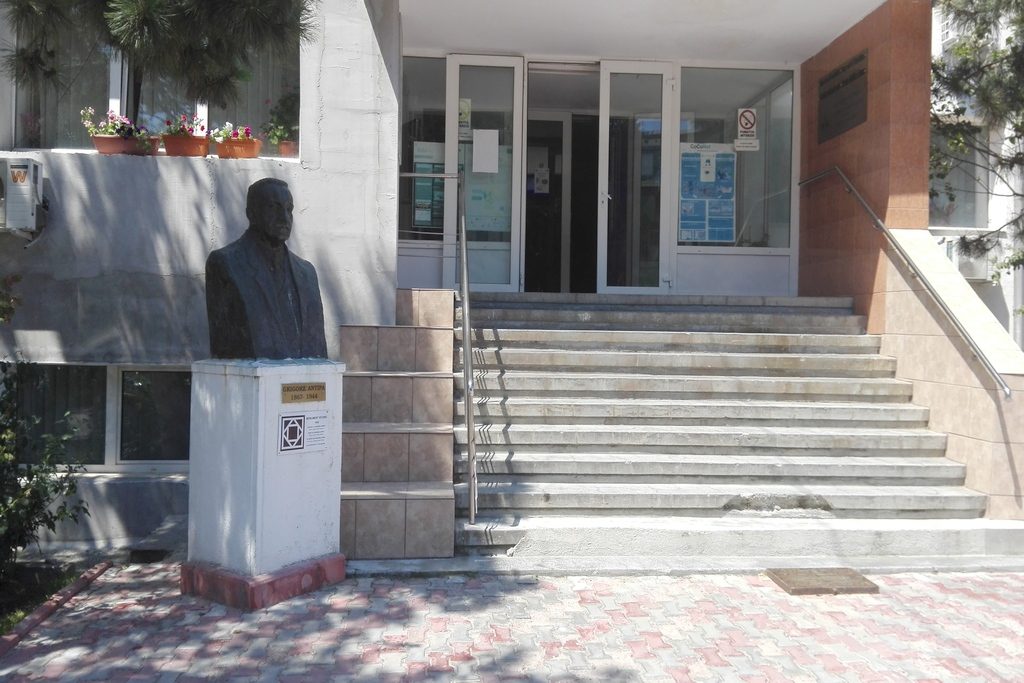

Grigore Antipa (born 27 November 1867, Botoșani – died on 9 March 1944, Bucharest) was a naturalist, zoologist, ichthyologist, ecologist, oceanographer and Romanian professor.
He is the scientist who totally renovated and installed in 1906 the National Museum of Natural History, which bears today his name, in its current abode in Bucharest.
He was devoted to studying the Danube and Black Sea, participating in 1893 in an expedition around this sea expedition organized by riparian countries and which lasted nine months. On this occasion he undertook the first researches of marine biology. The most significant results were obtained in hydrobiology, he is considered as a forerunner in this field, both in Romanian science and in the world.
Antipa a înființat în 1932 Institutul Biooceanografic Antipas founded in 1932 Bio-Oceanographic Institute in Constanta, with the two reservations and research stations, one at Agigea and the Cape Kaliakra.
Grigore Antipa put-up, with the support of King Carol I and Ferdinand, a plan for the rational exploitation of fisheries in the meadow of the Danube Delta, and the coasts. According to the Haeckel’s ecological principles, this plan has doubled in ten years the production of fish and caviar, without destroying environments and particularle the places for fish propagation. The cooperative fisheries have improved the fishermen conditions, so that the Antipa’s system, very advanced for its time, was taken over by the communist regime in 1947 and developed until 1965. But it was later replaced by systematizing drainage, impoundments and sewers. The environmental policy optimization of natural phenomena called by Grigore Antipa Geonomic, was replaced by one of their vexation, which logically led to the speeding currents on channels, eutrophication of stagnant areas, and collapse of fish productivity (today partially compensated by pisciculture).
He was the director of the National Museum of Natural History. The principles and museological innovations regarding this museum, exposure mode, layout and collections explanation, have aroused the interest of foreign specialists, who have requested a paper relating to the organization of museums of natural history, which was published in 1934, bearing the title Principes et moyens pour la réorganisation des musées d’histoire naturelle. Starting from the reorganization of the museum in Bucharest, in 1907 appear, for the first time, the iological dioramas, which represented a new stage in the evolution and organization of natural history museums. Due to the outstanding results, many European and American museums have sought the support of the Romanian scientist to organize their museum collections. Grigore Antipa was a member of the Romanian Academy and several academies abroad. He founded the Romanian school of Hydrobiology and ichthyology. He recommended Mihai C. Banescu, as head of Department for Oceanography and Biology.
The Grigore Antipa bust was done in 1958 by sculptor Milița Petrașcu (Romanian artist, sculptor and portrait painter, participating in the Romanian avant-garde artistic movement in the interwar period, especially the more moderate group around the magazine “Contimporanul“, master in the art of the portrait, considered the most gifted woman sculptor of Romania in the twentieth century)..
